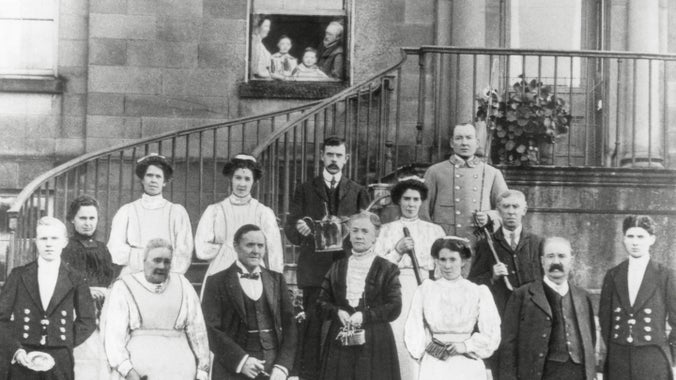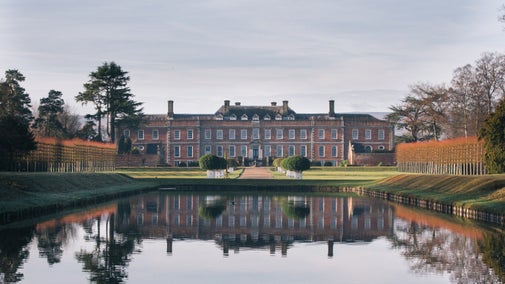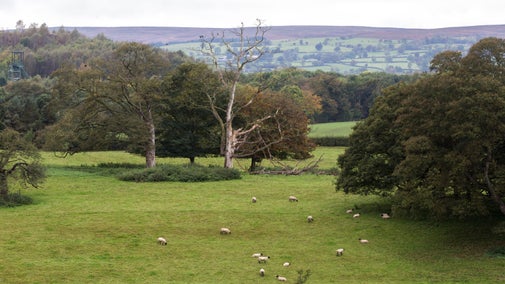5.30am
An early start
The scullery maid is one of the first to get up, have a quick wash in cold water and get dressed. Then it’s down to the cold kitchen to clean the iron range and light the fire. Getting water boiling is the priority, so she can take cups of tea to the housekeeper and cook, plus hot water for them to wash.
Then there’s breakfast to prepare – first for the other servants who eat in the Servants’ Hall, then for the Yorke family and their guests served in the Dining Room.














